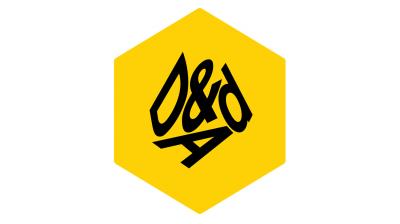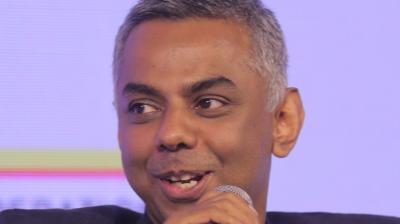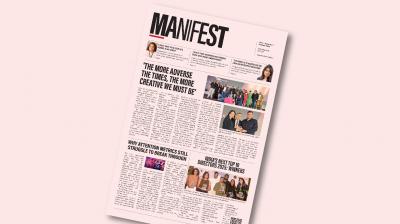In the latest episode of Marketing Manifest Station with Manasi, Ashwath Swaminathan, chief operating officer, Indira IVF, discusses his diverse marketing experiences across industries, including FMCG, app-based services, and healthcare, and the timeless principles that continue to define good marketing.
Having witnessed marketing’s evolution first-hand through a nearly 18-year stint at HUL, leading Lakme Innovations and categories like oral care and deodorants, Swaminathan moved on to helm growth and marketing at Swiggy in 2024.
“Each of these obviously taught me different lessons; however, the fundamentals remain fairly consistent. In FMCG, traditional methods like consumer meetings and market visits worked well. But newer industries like app-based services and healthcare require innovative approaches,” he noted.
For him, the democratisation of advertising and data has made marketing more accessible - but also more competitive. “Democratisation of access to advertising, audiences, and data means everyone can now get in there. It isn’t limited to a few big players like before. Choices are exploding, and we’re all fighting to eke out a share of that wallet. It’s more challenging than ever before.”
Swaminathan believes that regardless of industry or business size, marketing and growth are inseparable. “Even if you talk to an entrepreneur, ultimately, life is about growth. And growth can’t come without marketing. Once founders solve the product problem, they have to figure out the growth problem, which means marketing.”
At the heart of those fundamentals lies one enduring truth - the consumer, he stressed. “First and foremost, focus on the consumer, or the human being whose problem you’re trying to solve. Every other shortcut or distraction, as attractive as it may seem, doesn’t pay off.”
One of his strongest beliefs is that marketing can’t fix a flawed product. “Focus on the core product or service and make it better every time. Because if you don’t, no matter how good your marketing is, it’s not going to sell a poor product,” he cautioned. “A pig is never going to turn into a unicorn if you put lipstick on it.”
He also underlined the value of strategic focus over spreading resources thin. “Depth is better than width. Build pockets of strength before moving to others so that dislodging you becomes expensive for the next player.”
Discussing the evolution of marketing channels, particularly digital and social media, Swaminathan emphasised the importance of adapting old principles to new avenues to avoid becoming obsolete. “Given how marketing methods and channels are evolving, one can’t stay stuck in the old world. Media consumption is changing, so one has to find how to adapt the same old principles in these new avenues - otherwise, one is going to become a dinosaur.”
Drawing from his HUL days, he cited experiments that combined traditional and digital levers effectively. “In some states, we built reach through media like YouTube or TV; in others, we layered that with content creators educating people about antiperspirants. The markets where we used creators saw much higher growth. It allowed us to answer questions and add local nuances, which are very hard to achieve in traditional advertising.”
Similarly, at Lakme, sharper audience targeting helped halve spends while boosting impact. “When we transitioned to digital, focusing sharply on a few million people, it helped us reach the relevant audience and deliver core sales growth - far more efficiently than GEC TV advertising,” he shared.
The conversation also covered the effectiveness of paid media over earned. Swaminathan debunked the myth of ‘earned media’ and explained the challenges of scaling owned media, while highlighting the importance of paid media in reaching relevant audiences efficiently and effectively.
"'Earned’ media is a myth, while ‘owned’ is hard to scale beyond a point. Paid is eventually the way to go: about 80–85% paid, 10–15% owned, and earned is a bonus if it happens. That’s the reality today, driven by fragmentation and democratisation," he concluded.
Tune into the podcast here.












